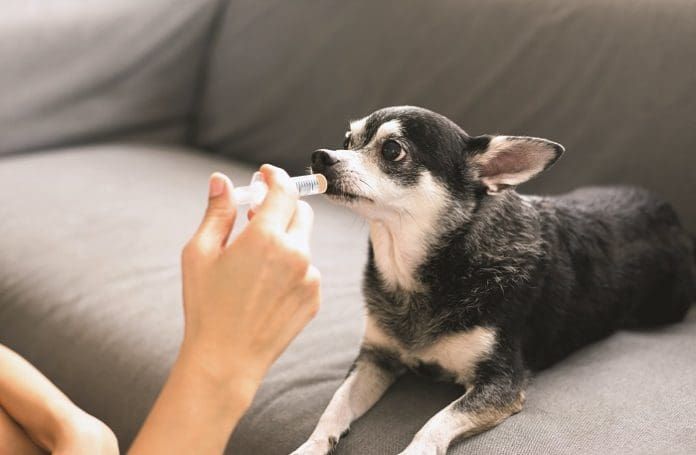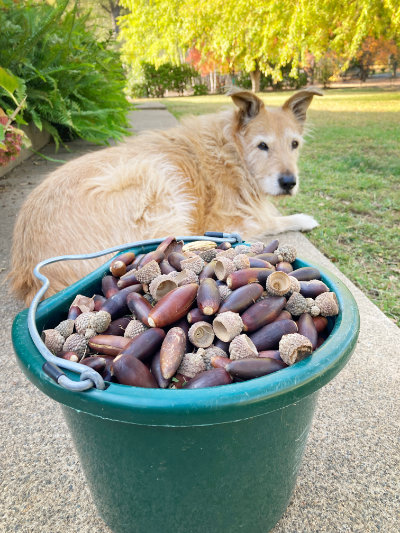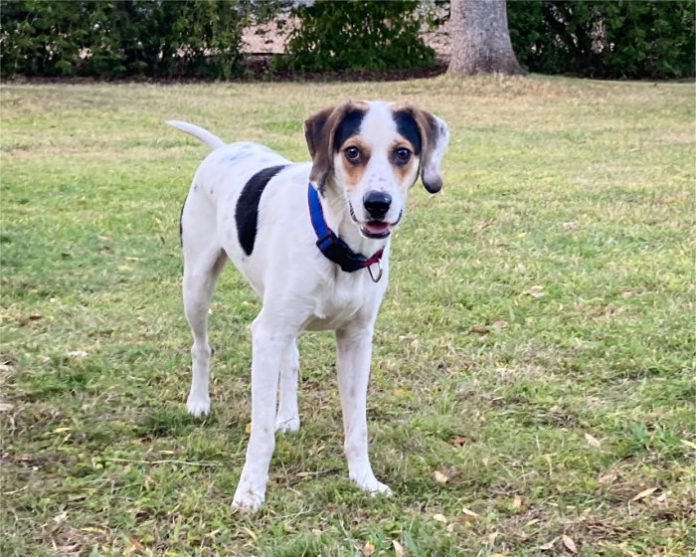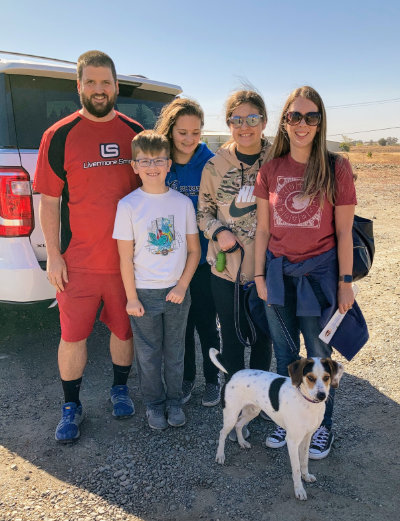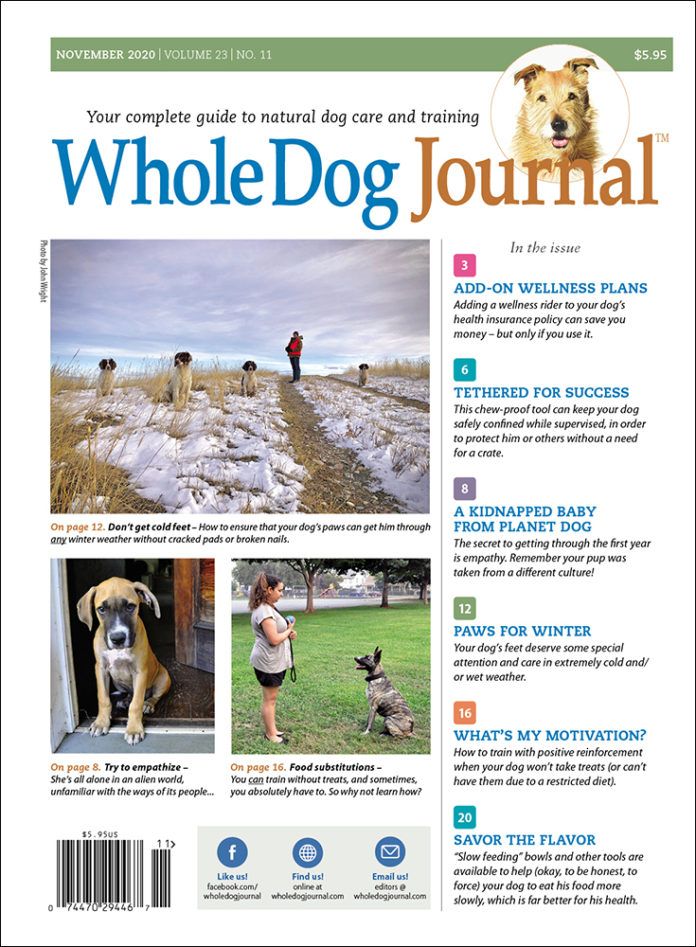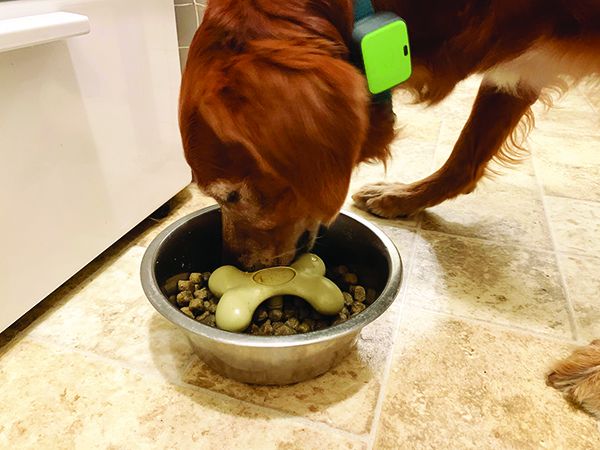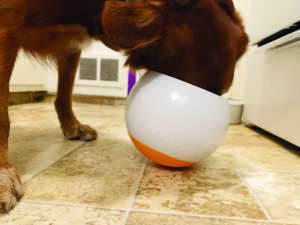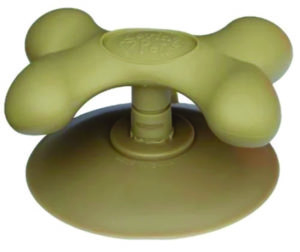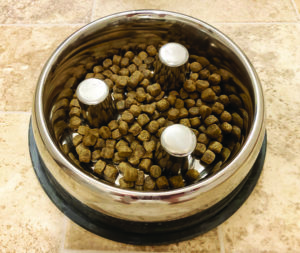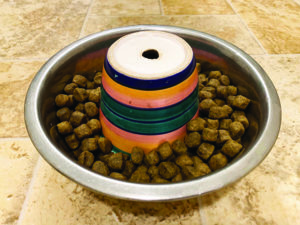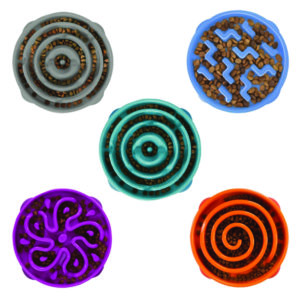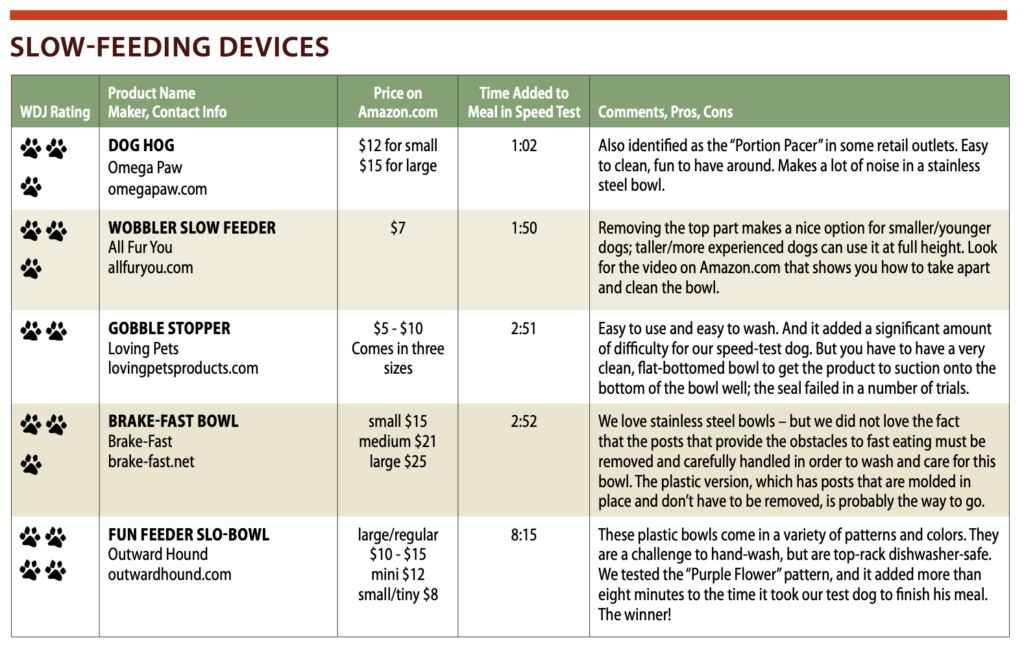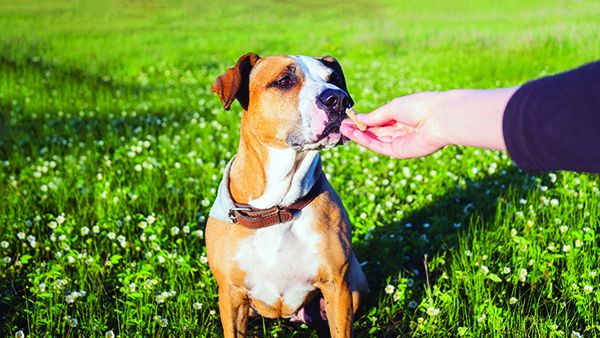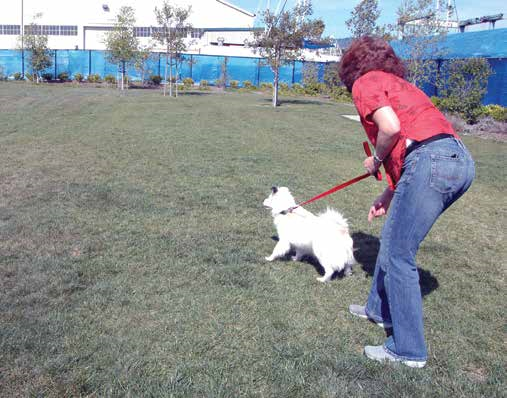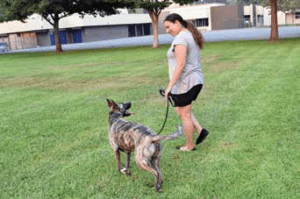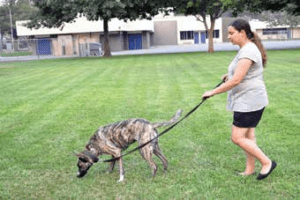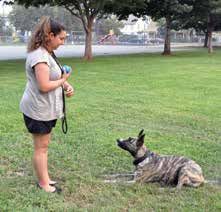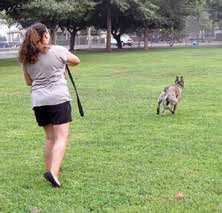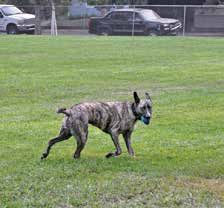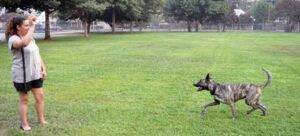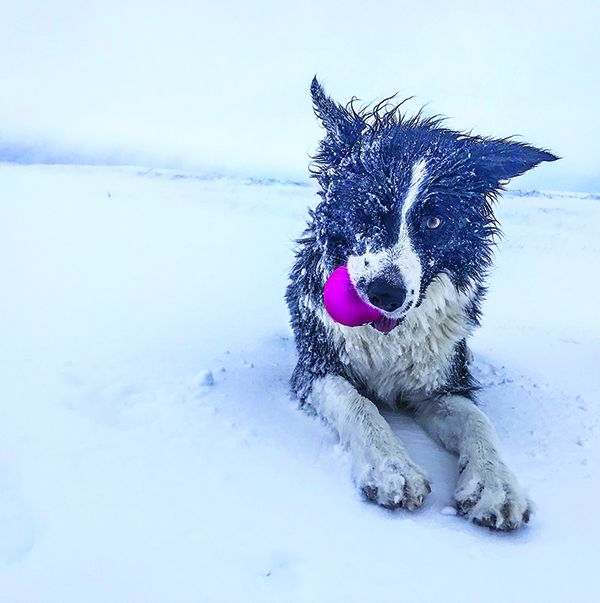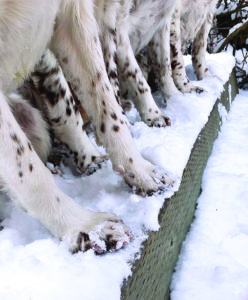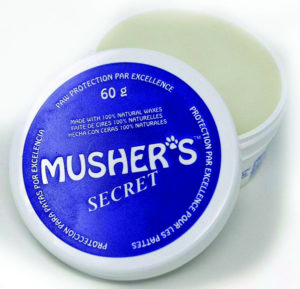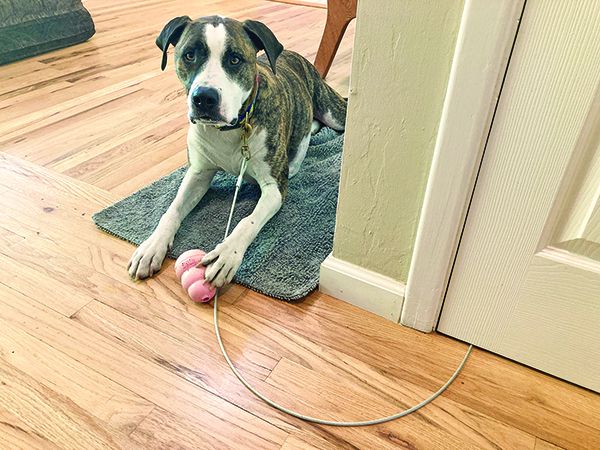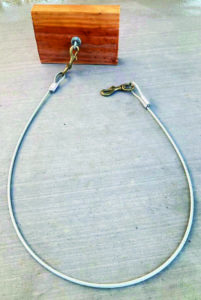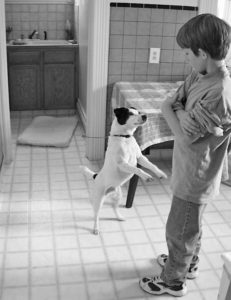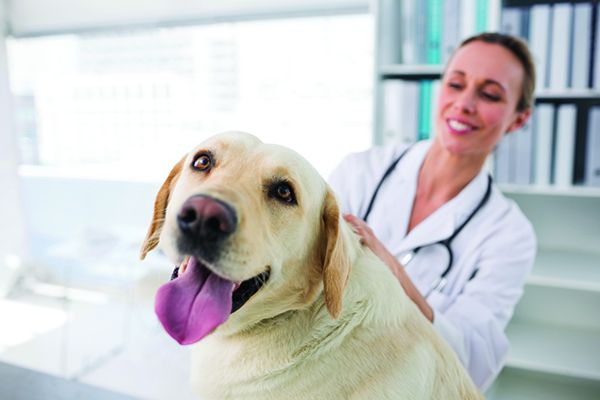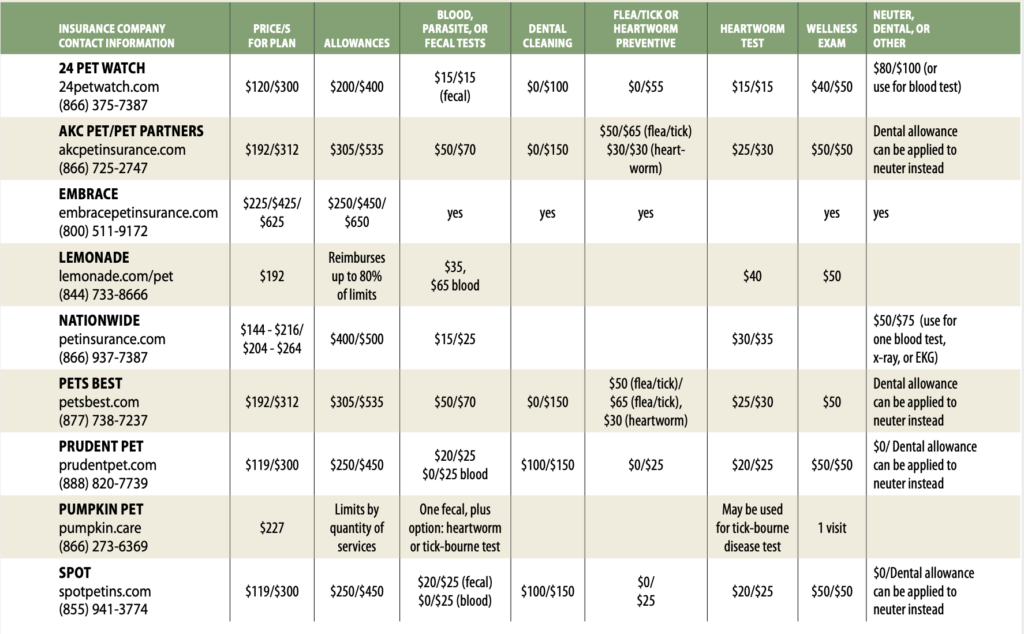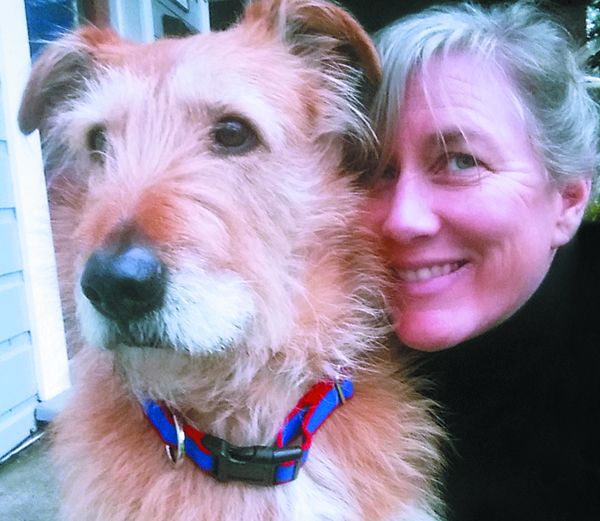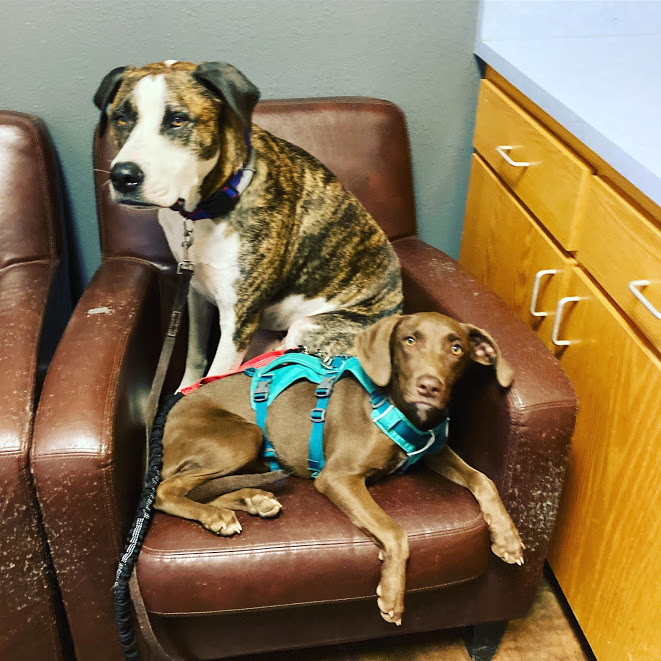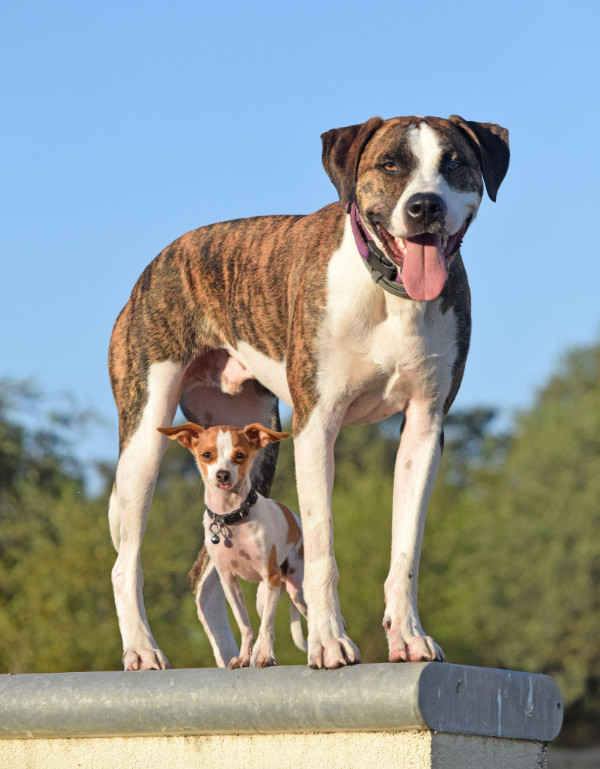In December of 2018, the Agricultural Improvement Act of 2018 (2018 Farm Act) was signed into law. It removed hemp, defined as Cannabis sativa L. with less than 0.3% dry weight of the psychoactive cannabinoid substance Delta-9 tetrahydrocannabinol (THC), from the definition of marijuana in the Controlled Substances Act (CSA). This legislation removed significant research barriers for both academic and commercial research into cannabidiol (CBD), as well as legal barriers for growing and harvesting these plants and the refining and selling of products that contain CBD to the public. CBD has been advocated for use in a wide range of conditions in dogs from anxiety to epilepsy to cancer. But other than a handful of small-scale studies looking at the use of CBD oil in dogs, there is no data on veterinary usage. Most of the available information is individual case studies and/or anecdotal.
In Whole Dog Journal’s July 2019 article “Know Your CBDs,” author Catherine Ashe, DVM discusses the three main studies on CBD that were available at that time. Even today there are still very few publications on the efficacy of these products in clinical conditions. But this is not due to the lack of scientific interest in CBD applications; researchers are looking at it from a variety of angles: Is it effective? How does the canine body absorb, synthesize, and metabolize CBD (aka pharmacokinetic analysis)? What is the recommended dosage for different ailments in canine patients?
Research can take a long time – sometimes, many years! Potential veterinary drugs must undergo examination at a variety of levels to evaluate efficacy and safety. And it’s only been two years since the Farm Act lifted the restrictions that prevented earlier research on CBD. But fascinating and important results are beginning to trickle in.
Necessary foundational research for the growing field includes two new studies that evaluated the pharmacokinetics and safety of CBD use in dogs. Overall, both studies found that CBD was well tolerated with a favorable safety profile.
- Vaughn D, Kulpa J, Paulionis L. Preliminary investigation of the safety of escalating cannabinoid doses in healthy dogs. Front Vet Sci. (2020) 7:51. Overall, the study concluded that dogs tolerated dose escalation of a CBD product well, experiencing only mild adverse effects. It also provided comparative evidence that CBD was safer and more tolerated than doses containing higher concentrations of THC.
- Fernandez-Trapero M, Perez-Diaz C, Espejo-Porras F, de Lago E, Fernandez-Ruiz J. Pharmacokinetics of Sativex(R) in dogs: towards a potential cannabinoid-based therapy for canine disorders. Biomolecules. (2020) 10:279. The study investigated Sativex®, a phytocannabinoid-based medicine marketed for the treatment of spasticity and pain in human multiple sclerosis patients, for use in canines for the treatment of central and peripheral pathological conditions. The study found that single dose or a multiple dose sublingual administration of Sativex® to naïve dogs was well-tolerated and produced the expected pharmacokinetic profiles, resembling the results of those published in previous pharmacokinetic studies.
Another original research article published this year looked at how CBDA, the acidic precursor to CBD, functioned in comparison to CBD, THC, and THCA, the acidic precursor to THC. Many products contain small amounts of all four compounds; it has been widely thought that CBDA has great potential as a stand-alone compound as well as in conjunction with CBD. Prior to this study, CBDA has not been the subject of much research. This study was funded by ElleVet Sciences and used an ElleVet product. Spearheaded by Dr. Joseph Wakshlag of Cornell University College of Veterinary Medicine with the assistance of colleagues from the University of Florida, the investigation determined that CBDA is both more readily absorbed and retained in dogs when compared to CBD, particularly when administered with a lecithin-based delivery oil. CBDA is shown to be anti-inflammatory, and this superior absorption and retention offer great promise in veterinary use.
- Wakshlag, J, et al. Pharmacokinetics of Cannabidiol, Cannabidiolic Acid, Δ9-Tetrahydrocannabinol, Tetrahydrocannabinolic Acid and Related Metabolites in Canine Serum After Dosing With Three Oral Forms of Hemp Extract. Front. Vet. Sci. (04 September 2020).
Two recent studies evaluated the use of CBD for treating osteoarthritis pain in dogs:
Researchers from Baylor College of Medicine in collaboration with CBD brand Medterra conducted a 4-week, randomized, double-blind, placebo-controlled study with 20 large dogs diagnosed with osteoarthritis. Each dog was randomly assigned to receive either a placebo or one of three different CBD options. The study found that CBD significantly decreased pain and increased mobility among the dogs receiving the higher doses of CBD or received it in a liposomal formulation. No significant adverse effects were observed. In comparison, the placebo group and low CBD group showed no improvement. Because those dogs in the higher dose group still showed improvement 2 weeks after ceasing the administration of CBD, it is suspected that the CBD was addressing the underlying inflammatory issues.
- Verrico, C, et al. A randomized, double-blind, placebo-controlled study of daily cannabidiol for the treatment of canine osteoarthritis pain. PAIN. (September 2020) 161:9; p 2191-2202.
Scientists at Colorado State University conducted a 90-day pilot clinical trial to assess the impact of a full-spectrum product containing hemp extract and hemp seed oil on 37 dogs with chronic maladaptive pain (primarily as a result of osteoarthritis). Thirty-two dogs completed the study, of which 30 showed evidence of improved pain management. At the time of enrollment, 23 dogs were taking gabapentin; with the addition of CBD, 10 of those dogs were able to discontinue the gabapentin and an additional 11 were able to have their daily dose reduced.
- Kogan, L., Hellyer, P, Downing, R. (2020). The Use of Cannabidiol-Rich Hemp Oil Extract to Treat Canine Osteoarthritis-Related Pain: A Pilot Study. AHVMA. (Spring 2020) Volume 58.
Also out of Colorado State University, which is leading a great deal of the veterinary research on CBD, is a study that investigated the effects of CBD on the cells of canine and human glioblastoma (an especially virulent form of brain cancer). The experiment “showed that CBD slows cancer cell growth and is toxic to both canine and human glioblastoma cell lines. Importantly, the differences in anti-cancer affects between CBD isolate and extract appear to be negligible.” The anti-cancer effects of cannabis are still not understood, but this study suggests that CBD can damage the mitochondria of cancer cells. It is hoped that “this study will lay the groundwork for future preclinical studies and randomized controlled clinical trials in order to provide evidence for effective Cannabis treatments for many cancer subtypes.”
- Baram L, et al. The heterogeneity and complexity of Cannabis extracts as antitumor agents. Oncotarget. (2019) 10: 4091-4106.
Clinical Trials:
- Efficacy of Cannabidiol for the Treatment of Epilepsy in Dogs (recruiting phase)
The aim of this study at Colorado State University Veterinary Teaching Hospital is to assess the efficacy of CBD in treating canine epilepsy. Each participating dog will be randomly assigned to receive either CBD or a placebo for 12 weeks and then switch to the opposite medication for an additional 12 weeks.
- Coming Soon: Purdue University College of Veterinary Medicine “Effect of CBD Products in Canine Anxiety”
Other Research to Watch:
Canopy Animal Health, is conducting research on the safety and efficacy of CBD in companion animals at academic and private research centers in both Canada and the United States, as well as actively investing in CBD research to treat anxiety, epilepsy, symptom management of chemotherapy, osteoarthritis, and joint pain and inflammation.
Read Next: Which Dogs Should Not Receive CBD?


